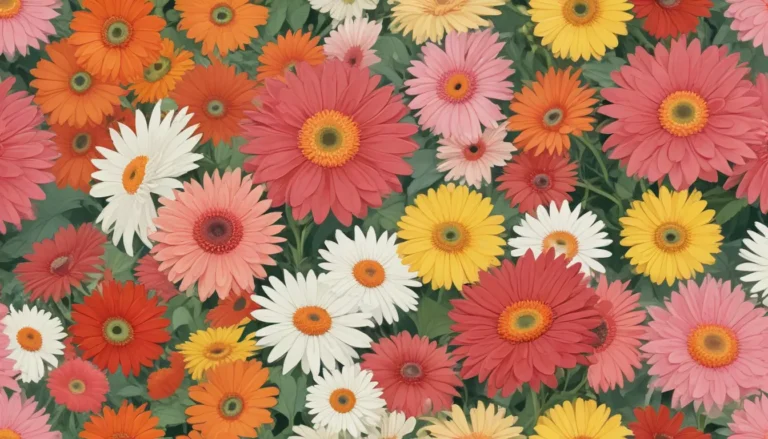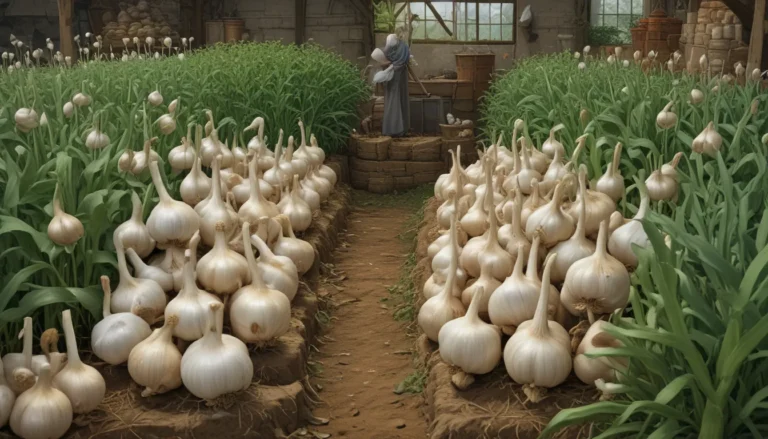How to Identify and Treat Powdery Mildew on Roses

Have you ever spotted a white dusting on your beloved rose plants and felt a surge of panic coursing through your body? If so, you’re not alone. Powdery mildew on roses is a common problem that can send any gardener into a frenzy. But fear not, my friend! In this comprehensive guide, we will delve into the nitty-gritty of powdery mildew – what it is, how to spot it, prevent it, and ultimately treat it.
What Is Powdery Mildew on Roses?
Powdery mildew is a fungal disease that infects a wide range of plant species, including roses. In roses, it is caused by the Podosphaera pannosa var. rosae fungus, which thrives in hot days, cool nights, and high humidity. This pesky pathogen can wreak havoc on the health and appearance of your roses, ultimately leading to a lack of blooms and defoliation if left untreated.
Unlike other fungi that need wet conditions to grow, P. pannosa can thrive on dry leaf surfaces. Once the spores come into contact with moisture, they can quickly complete their life cycle. Therefore, it’s essential to be proactive in preventing and treating powdery mildew on roses.
Symptoms
Early signs of powdery mildew on roses include red blister-like growths on the upper sides of leaves, followed by a powdery fungal coating on both the upper and lower leaf surfaces, flowers, and stems. If left unchecked, the leaves may become distorted, curled, and wrinkled, inhibiting photosynthesis and flower production. In severe cases, the leaves may fall off entirely, leading to the demise of the plant.
It’s crucial to identify and address powdery mildew early on to prevent it from spreading and causing irreversible damage to your roses.
Prevention
Prevention is key when it comes to combating powdery mildew on roses. Here are some tips to keep your beloved plants safe from this pesky disease:
- Maintain good air circulation by pruning your roses carefully and spacing them adequately.
- Water at the soil level to prevent moisture from accumulating on the foliage.
- Water in the late morning to allow for quick evaporation.
- Clean up fallen leaves in the autumn to remove potential hiding spots for dormant spores.
- Mulch the soil around your roses to create a barrier between the soil and foliage.
- Choose resistant rose cultivars and consider using products containing beneficial bacteria like Bacillus subtilis for added protection.
Remember, healthy plants grown in optimal conditions are less susceptible to powdery mildew infections and are more likely to recover on their own if infected.
Treatment
If your roses are already infected with powdery mildew, don’t fret! There are treatment options available to help combat the disease and restore your plants to their former glory. Here are some effective treatments to consider:
- Milk and Water: Create a mixture of one part milk and 10 parts water or equal parts milk and water for advanced cases and spray it on your rose plants to reduce and prevent powdery mildew.
- Mineral Oil: Look for products containing mineral oil like SuffOil-X to stop the spread of powdery mildew.
- Biological Fungicides: Products containing Bacillus amyloliquefaciens, such as Monterey Complete Disease Control, can help control and eliminate powdery mildew.
Always follow the manufacturer’s instructions when applying treatments to ensure the best results.
Don’t Let Powdery Mildew Ruin Your Roses
While powdery mildew may seem like a formidable foe, with the right knowledge and tools, you can overcome it and keep your roses healthy and thriving. Remember to stay vigilant, practice good gardening habits, and be proactive in preventing and treating powdery mildew on your precious rose plants.
Have you encountered powdery mildew on your roses? Share your experiences and tips in the comments below! And if you’re looking to expand your rose-growing knowledge, check out our other informative guides on topics like getting started with roses, identifying and treating common rose diseases, reasons why roses drop their leaves, and how to transplant rose bushes.
Gardening is a journey filled with ups and downs, but with a little know-how and perseverance, you can conquer any challenge that comes your way. So, don’t let powdery mildew get the best of your roses – tackle it head-on and watch your garden bloom with beauty and vitality.
Happy gardening!





